18 Jul How to Evaluate Content Length in an SEO Audit via @BrianHarnish
Most SEO audits tend to identify thin content to avoid penalties, but what about other items that are technically necessary?
Let’s take a look.
From thin content to image links on a particular page, images that are missing alt text or images that have too much alt text, Flash implementations, and how content is organized sitewide, it would be helpful to know about everything that can impact rankings, right?
Identifying Pages with Thin Content
After Screaming Frog has finished crawling, just click on the internal tab, click on the arrow next to “filter”, and select “HTML”.
If you scroll to the right, you will see a Word Count column.
While this isn’t quite as precise as other methods, it will help you identify thin content pages.
In most instances, you should know that only so many words are taken up by navigation, and then you can mentally assess from there if the page has thin content.
If the site has a heavy menu like 150 words, has a heavier footer at 200 words but not much else, and there are 3,500 words of content on the page, you can generally assume that 3,150 of those words belong to the meaty article on that page.
If you aren’t sure, dive deeper into the page with the Word Count extension from Google Chrome, and count how many words belong just to the meaty article.
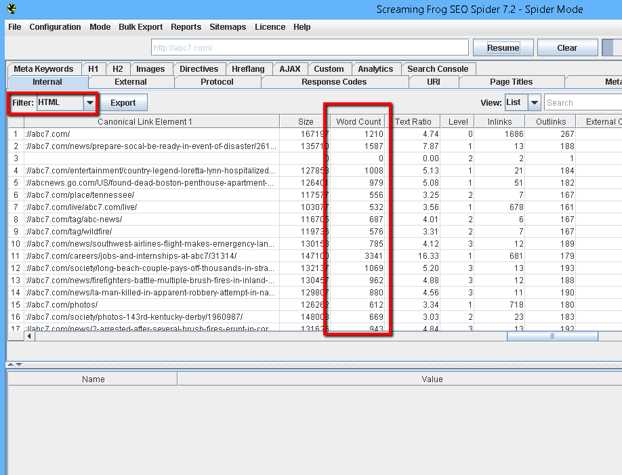

Page Load Speed via HTML
Page speed, in recent times, has become a critical ranking factor to get right.
In fact, Google’s John Mueller quite recently gave a legit number for Google’s Page Speed recommendations.
Mueller recommends that you keep your load time to less than 2-3 seconds.
Using any one tool to identify bottlenecks and page speed issues can hurt you.
That’s why I recommend using at least three tools to check this metric.
This is because Google’s PageSpeed Insights tool is not always accurate.
Using more than one tool will help you identify multiple issues that aren’t always identified by Google’s PageSpeed Insights Tool.
Other tools can uncover issues even when Google’s tool says your site is 100% optimized.
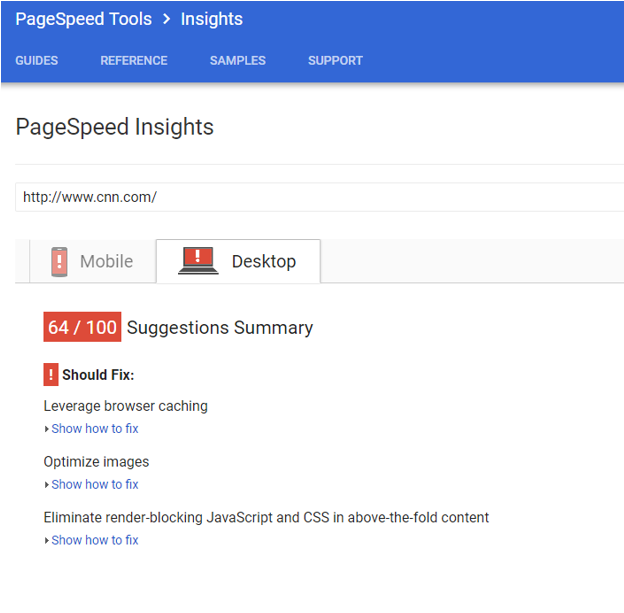

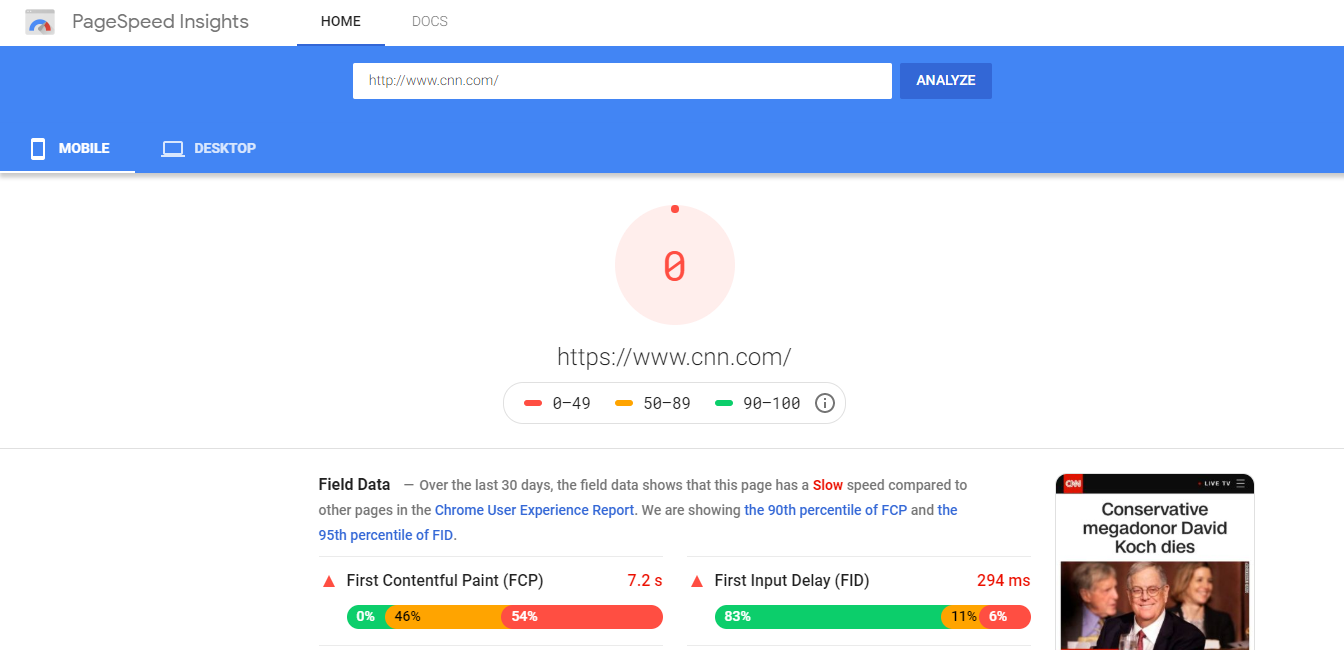

Another tool like WebPageTest will help you identify server bottlenecks, including another issue like time to first byte which can cause longer load times if you aren’t careful.
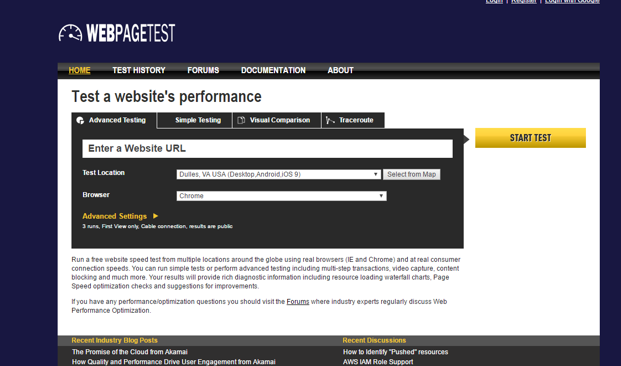

You can also identify page speed issues in Google Analytics.
If you wanted to get more granular and prioritize pages based on traffic, you can identify pages that need work in Google Analytics.
Simply sign in to Google Analytics, navigate to Your View, open up Reports, then click on Behavior > Site Speed.
The page timings report gives you a fully detailed analysis of individual page performance.
Making the case for prioritized pages and site-wide overhauls will be easier with all of this data at your fingertips.
In addition, Google’s Page Speed Insights also offers new performance metrics that are analyzed by the Lighthouse tool.
Assessing Content Length Through Competitor Analysis
When it comes to content length, long-form content is often preferred in terms of search results and ranking.
But, did you know that you can assess content length through competitor analysis?
It’s true.
Let’s say that we are doing a competitor analysis for the legal industry.
In the industry, we want to find competitors who are ranking for a term like “California DUI lawyers”.
First of all, we want to use ctrl + shift + N to bring up a new private session.
This is important when you are doing competitor analysis – because your browser will bring up a private window that has everything disabled and non-logged-in sessions.
This is beneficial for several reasons:
- You don’t have personalized results muddying the waters that you will when you use your logged in account.
- You don’t have localized results muddying the waters that you will have when you use your logged-in account or a non-logged-in normal window.
- You won’t have tailored results in any way interfering with the data that you want to examine.
Using our example crawl from earlier, you can check word count in Screaming Frog by making sure you are on the internal tab > scrolling to the right to the Word Count column:
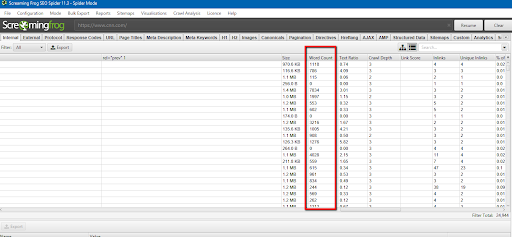

Simply plug in your top five competitors that you chose for that keyword, and assess each word count for each competitor that you crawl.
It then becomes a game of beating your competitor in word count, quality content, and quality inbound external links.
Considerations for Content Length on Mobile
People (SEOs, mostly) may think that mobile will harm any chances of getting a potential customer via mobile, and that with longer content, they will simply bounce away like no tomorrow.
This is actually far from the truth.
People will still review long-form content on mobile.
With higher-quality screens in Samsung and iPhones, text readability – for the most part – is not in question.
In fact, Ellen Harvey of pubexec.com writes the following about her research into content length on mobile devices and why long-form content performs just as well (if not better) than short-form content, despite the small device size:
“1. Although short-form articles are more numerous on mobile platforms, long-form articles earn just as many visits. Pew reports that on average a long-form article earns 1,530 interactions from mobile users compared to 1,576 interactions with short-form content, despite long-form content accounting for only 24% of the total article sample size. “This does not necessarily mean audiences are asking for more long-form content as there is a strong likelihood that most users are not aware of story length when they click a link,” reports Pew. “Still, long-form articles do, whether through shares, bookmarks, or other means, find their way to as many initial visitors as short-form.”
2. Readers spend more time with long-form content on the weekends, particularly in the morning. n weekend mornings long-form content attracts 137 seconds of engaged time on average, compared to 123 seconds of engaged time during weekday mornings.
3. Social referrals drive the most mobile traffic (40% of total traffic) to long-form content, but internal referrals drive the most reader engagement. Mobile readers who click an internal link (a link within the same website) to a long-form piece on average spend 148 seconds on the article. Direct referrals drive the second longest engagements with long-form content at 132 engaged seconds. Social platforms drive the shortest average engagement at 111 seconds. Short-form content follows a similar pattern, though direct referrals spend slightly more time with content at 62 seconds than internal referrals at 59 seconds. Like long-form, social refers the least engaged group of readers to short-form content, averaging 52 seconds of engaged time.
4. Facebook drives the most readers to long-form content, but Twitter drives the most engaged readers.“For longer content, users that arrive from Facebook spend an average of 107 seconds, compared with 133 seconds when they come from Twitter, a 24% difference. In shorter content, the same pattern emerges,” reports Pew.”
In short, don’t worry about content length on mobile.
There are no real audit items to check here – just sound advice.
Strange SEO Content Problems & How to Fix Them
There are a number of issues that you can face in Google search, especially when you have significant issues with underperforming.
If a site is under-performing, people love to play the blame game with excuses.
Weird Google issues can be handy to use in such a scenario.
However, some of these issues, in reality, is likely because of some combination of poor site, very high competition, and a brand that’s failing.
If you have suffered a sudden traffic drop, there are likely other issues at play, and this audit will be the first thing that you want to do to find any major penalty issues.
In addition, don’t forget to check out the keyword cannibalization checks earlier in this guide also.
First of all, when faced with strange content problems. You may run into situations where you have the following recommendations or excuses.
We have a situation where our client’s trust is almost nothing. It’s important to note that our clients are not SEO companies.
They couldn’t care less about our recommendations half the time.
In fact, SEO is probably the lowest on the list of priorities in a small or medium business. Much lower in a large business setting.
Ian Lurie’s presentation, Bullshit, Own It: A Temperamental SEO’s Guide to Getting Shit Done, puts this perfectly:


“It’s a penalty” and recommendations behind that will likely be met with some resistance if you haven’t investigated other avenues first in your audit.
This may be true despite the fact that you’ve shown a Barracuda overlay that shows exactly when the traffic dropped and the exact correlation with when that penalty hit.
“We should rebuild the entire nav menu,” you may say.
Your client says “No.”
You could say “Install this caching plug-in”.
And your client still says no. Despite your best intentions with these recommendations.
The problem, Lurie mentions, is that it’s rarely a penalty.
There are lots of little things can cause problems that may look like a penalty.
Big things (on a more now-and-then scenario) can also cause problems.
And I agree.
One major issue that can cause this is client trust.
Here’s another example Lurie poses:
You find a major issue with indexed pages on Google being 2 million, but your site only has 1,000 pages.
Client wants to say: Google says that’s not a problem.
You know what that means?
The client says they trust Google far more than they trust you, you dumbass.
Lurie’s solution here talks about finding the source of truth in terms of why this is impacting your site in such a negative way.
First, check the log files. Log files will be able to tell you exactly what’s happening on your site.
If you review your log files, you will likely see a few things.
Maybe Google is crawling your forms a thousand times a day, equaling more than 80% of your daily crawls from Google.
Maybe Google is crawling auto-generated pages with random parameters that are being indexed to the tune of thousands upon thousands per day.
This is common with some search plugins that do not have de-indexing enabled.
Maybe Google is…etc. etc.
The idea being start with your own site’s log files and figure out what is happening with those so you can earn trust first.
Armed with this evidence, you can now go straight to the company CEO and say “Here’s your evidence. Let’s get this fixed.”
This is why log files are such an important part of any SEO audit.
If you examine your log files, you may end up finding significant issues that you otherwise never would have found in the first place.
The point is – you must own your position and correct any mistakes that may be the result of major issues with your server, rather than issues with Google.
Cheat if you have to – if internal company politics don’t let you play the game or they force your hands to be tied.
At the end of the day, it’s your job that’s on the line, and likely not theirs.
These are examples of strange SEO content problems that can come up and how you can fix them.
Even if you’re a business owner.
What’s Next?
Once you’re completed the content length evaluation portion of your SEO audit, it’s time to figure out whether you have duplicate content issues.
Image Credits
Featured Image: Paulo Bobita
All screenshots taken by author
Sorry, the comment form is closed at this time.